-
Research
Development of Integration Technologies for Superconducting Quantum Circuits Project Management Office
1-1-1 Umezono, Tsukuba, Ibaraki 305-8568 Japan
NEC-AIST Quantum Technology Cooperative Research Laboratory, AIST Tsukuba Central 2


In this project, we aim to develop designing and manufacturing technologies of devices and equipment, which are necessary to realize the goal of the Moonshot program #6: realize a fault-tolerant universal quantum computer by 2050 that can solve problems which conventional computers cannot solve on a realistic timescale.
More specifically, in order to fully utilize a quantum bit (qubit) consisting of a superconducting circuit, we are going to establish technique of connecting qubit chips located at extremely low temperature and electronics equipment controlling them, improve quality of the qubit chip itself, and develop novel superconducting qubit chips which can be more easily handled.


1-1-1 Umezono, Tsukuba, Ibaraki 305-8568 Japan
NEC-AIST Quantum Technology Cooperative Research Laboratory, AIST Tsukuba Central 2
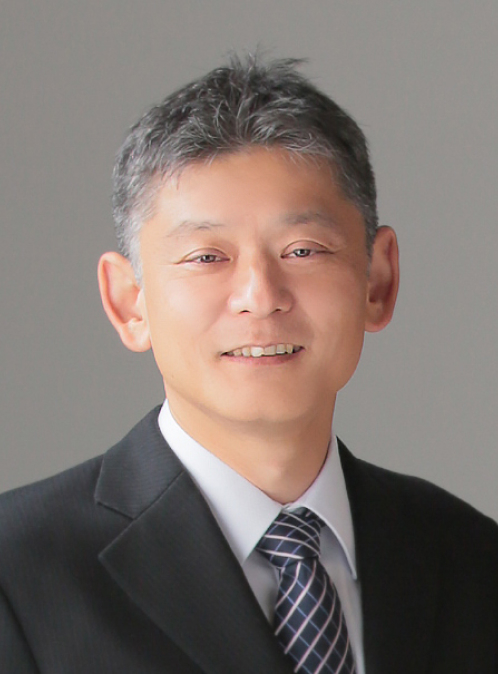
Secure System Platform Research Laboratories, NEC Corporation
Research Fellow
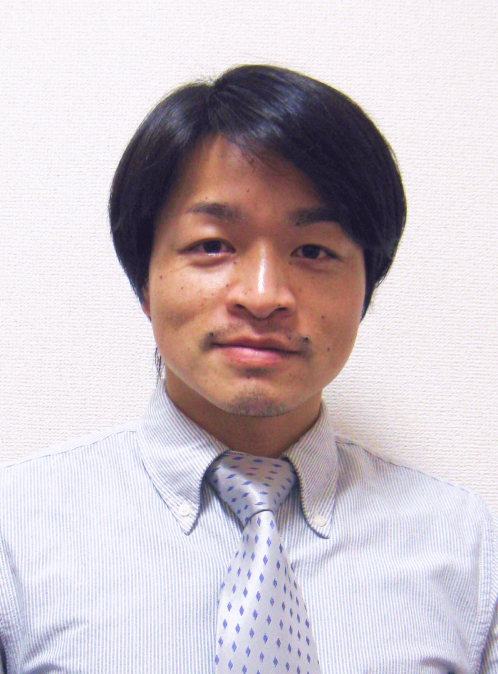
Global Research and Development Center for Business by Quantum-AI Technology, Advanced Industrial Science and Technology
Team Leader
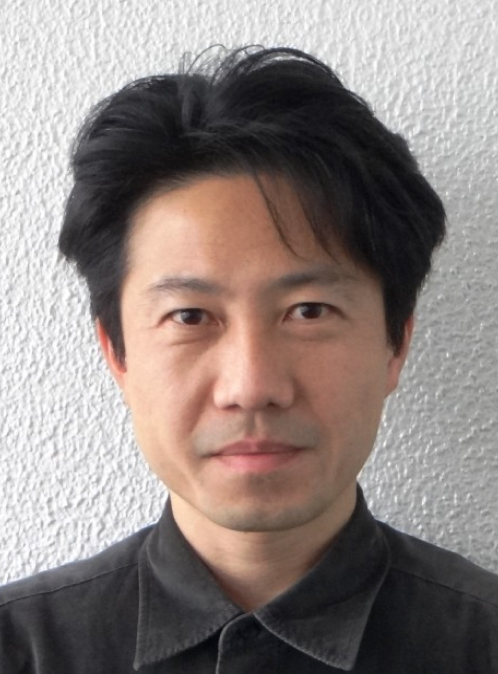
College of Liberal Arts and Sciences, Tokyo Medical and Dental University
Associate Professor
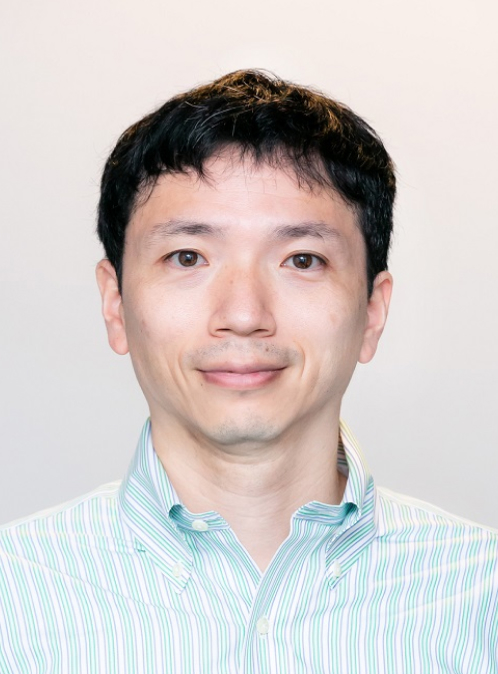
Advanced ICT Research Institute, National Institute of Information and Communications Technology
Senior Researcher
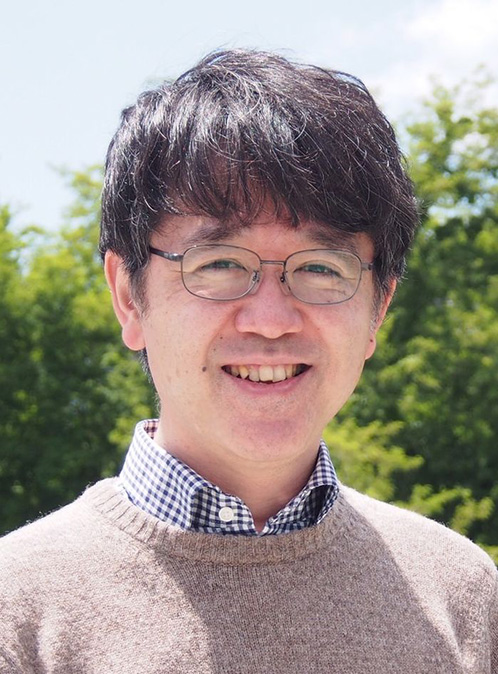
Graduate School of Engineering, Tohoku University
Professor

Research Institute for Hybrid Functional Integration Emerging computing device research group, Advanced Industrial Science and Technology
Group Leader
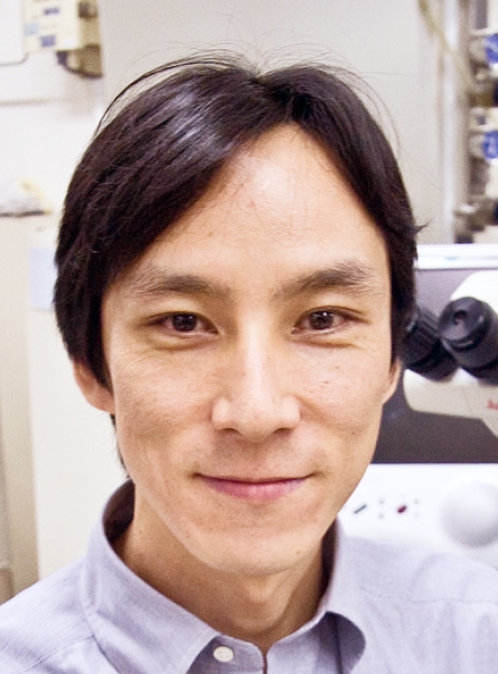
NTT Basic Research Laboratories
Distinguished Researcher
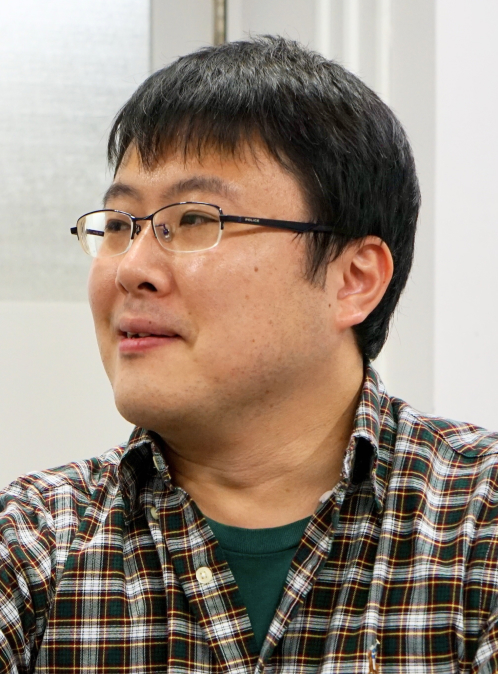
RIKEN
Team Leader

Research Institute for Science & Technology, Tokyo University of Science
Professor

RIKEN Center for Quantum Computing
Deputy Director
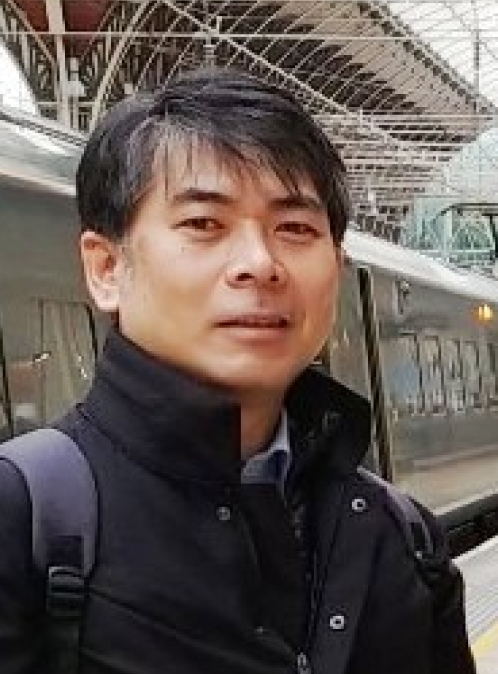
ULVAC CRYOGENICS INCORPORATED
Manager
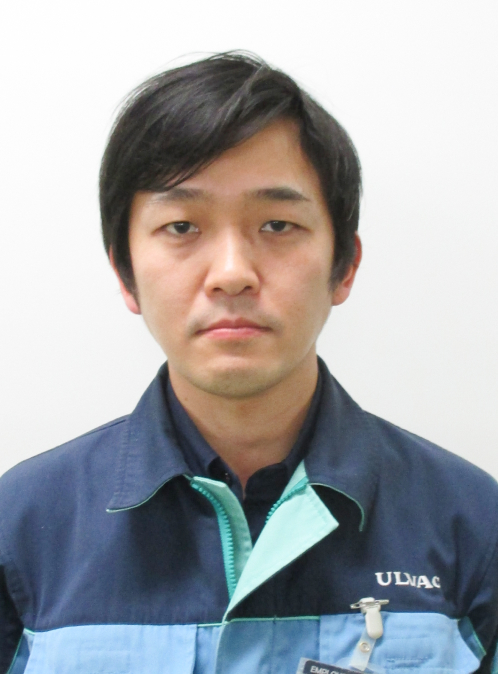
ULVAC, Inc. Components Division
Manager

Research Institute for Physical Measurement, Advanced Industrial Science and Technology
Principal Researcher
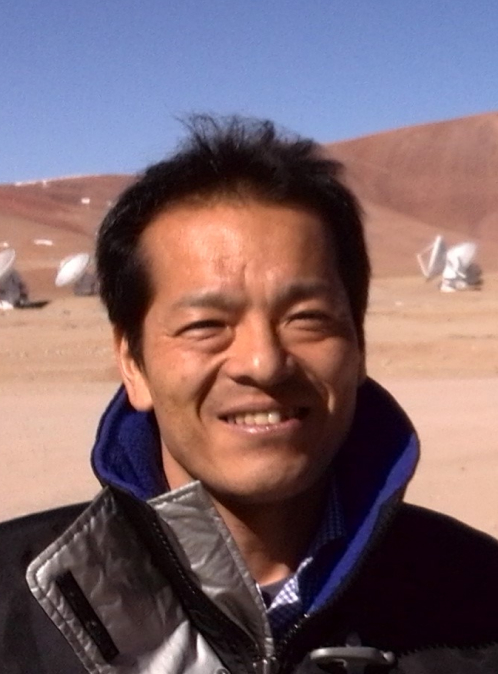
Advanced Technology Center, National Astronomical Observatory of Japan
Professor
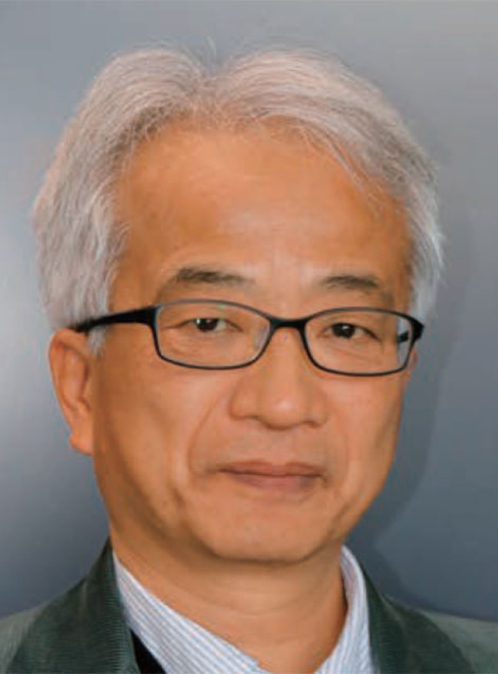
Advanced ICT Research Institute, National Institute of Information and Communications Technology
Senior Researcher
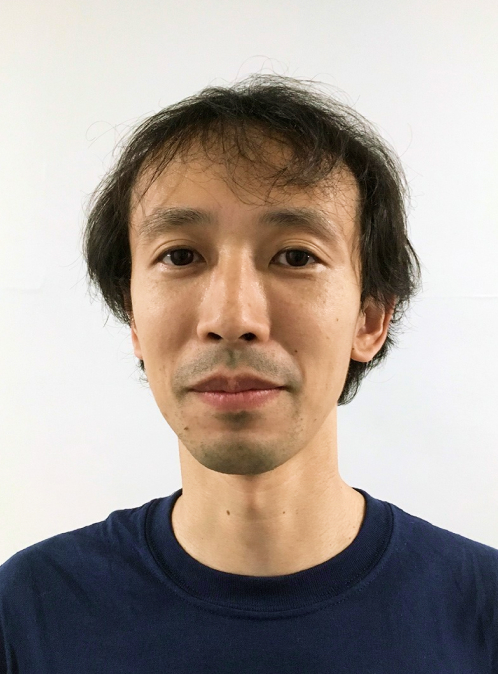
Graduate School of Engineering, Nagoya University
Professor

NanoBridge Semiconductor, Inc.
Principal Researcher
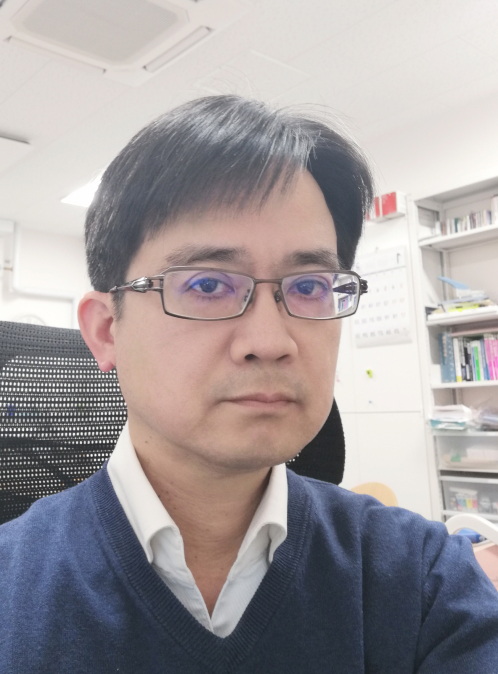
Department of Materials Engineering, The University of Tokyo
Professor
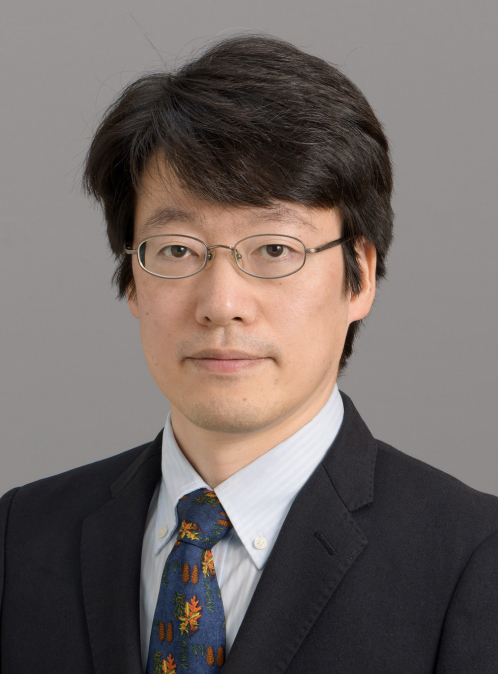
Faculty of Science and Technology, Keio University
Professor

Faculty of Science and Technology, Keio University
Professor
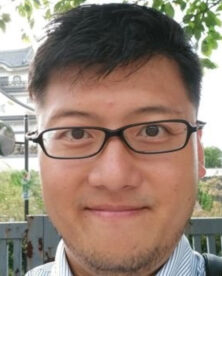
QIQB center, OTRI, Osaka University
Professor

Graduate School and Faculty of Information Science and Electrical Engineering / Quantum Computing System Center, Kyushu University
Director / Professor
Please feel free to contact us with any questions and requests.
After confirming the content of your inquiry, the person in charge will contact you.